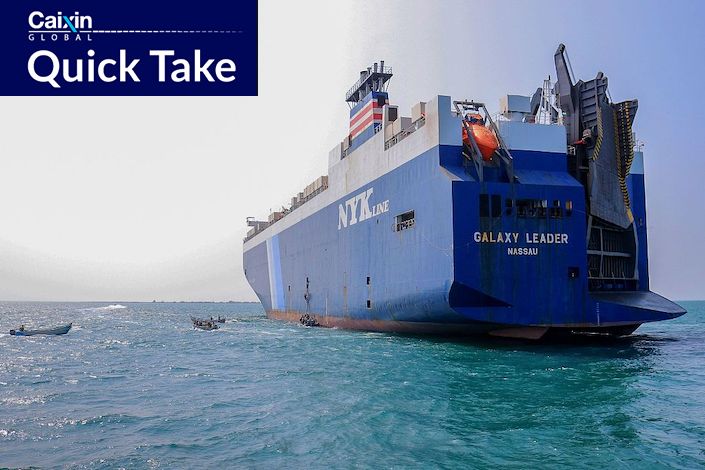
What’s new: The ongoing crisis in the Red Sea is driving up shipping costs of Chinese exports to European markets and may spur some Chinese electric vehicle makers to shift production overseas, said Fitch Ratings, the global credit rating agency.
Auto and solar modules are more affected by the disruption as shipping is a large portion of these products’ cost structures, Fitch said in a recent research note.
Europe is a crucial market for China-made electric cars, such as Tesla, but rising shipping costs could undermine their competitiveness and market share, particularly with Europe’s stricter regulations on Chinese EV exports, Fitch said. This situation might prompt a shift in Chinese EV exports away from Europe and motivate Chinese carmakers to establish production facilities closer to key markets.
Higher shipping costs will compress the profits of smaller and medium-sized solar module exporters, with extended delivery times creating uncertainty and prolonging working capital turnover, Fitch said.
The supply chain disruption is affecting Chinese exporters less than during the pandemic years of 2021-2022, owing to decreased global demand for Chinese goods and an increase in container shipping capacity, which is expected to grow further this year, Fitch added.
The context: Shipping rates for containers between Asia, Europe, and the United States have risen due to reduced capacity caused by heightened threats to cargo vessels in the Red Sea from missile strikes by Yemen’s Iran-backed Houthi militants.
Vessels are being increasingly diverted via South Africa’s Cape of Good Hope to avoid attacks. CITIC Futures Co. Ltd. estimated this detour extends travel time by 26% to Europe and 51% to the Mediterranean for Chinese exporters.
Around 60% of Chinese trade with Europe typically goes through the Suez Canal.
Data from the Shanghai Shipping Exchange show that as of March 1, the Shanghai Export Containerized Freight Index reached 1979.12, marking a rise of more than 80% since the Red Sea crisis began in October. Shipping rates from Shanghai to Europe and North America’s main routes have increased by more than 100%.
Contact reporter Han Wei (weihan@caixin.com)







